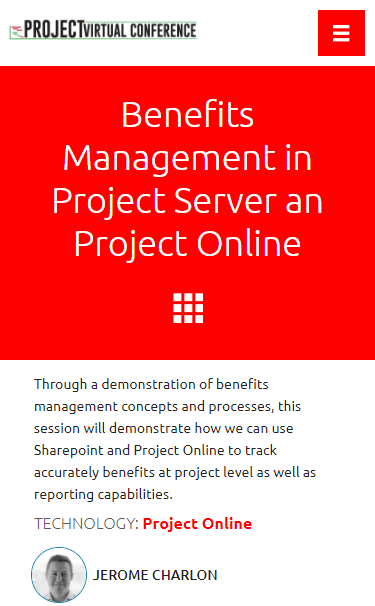Finally Microsoft ROADMAP is available for lucky us! Depending on your your region, you’ll start to see Roadmap roll out worldwide to commercial customers.
For those who still haven't heard about the future of Project, here is the annoucement for Howard Crow and a video from Orlando MS Ignite about the upcoming new features.
I'll publish a more detailled post later on, but right now, I just want to share with you my first impression as activating and discovering Project ROADMAP.
First you need to activate the Roadmap feature in the O365 Central Admin.
Then on the new Project Homepage, you'll find under "create new" button a "ROADMAP" item in addition to the existing project creation item.
After that, I add to wait for some time, maybe around 10 minutes, which I found to be quite long. Reading the message, the feature is getting setting up for the first time so it requires some time to compute. Note that I was using a demo tenant which might not be optimized like customer tenants. Note also that it is definitely a good news to finally have relevant and contextual message while you're waiting for an operation to be processed. It reminds me the new contextual message when you are publishing a project from PWA. Here is a reference.
Once initiated, you'll start from an empty page proposing a timeline with a zoom and a member list.
When you create a first project (not sure if I should call it a "project"...), you specify a name, an owner (Anna) and you can connect it to an existing project from Project Online or to an Azure Board.
When trying to connect the new project to a Project Online project, you have to enter the PWA tenant URL then a project (once the URL is getting validated).
Once the project selected, it seems like you're using FLOW to get updates to roadmap from Project Online.
You can then select a task:
And it will be added to the roadmap in the new project.
You can also add a key milestones.
You can also add members to the roadmap itself, but not specifically to the single project (line) inside the roadmap.
This was a quick review of the new roadmap feature. I can tell you that I'm pretty excited.
Do not hesitate to ask questions or to suggest improvments to Microsft through the UserVoice.










































